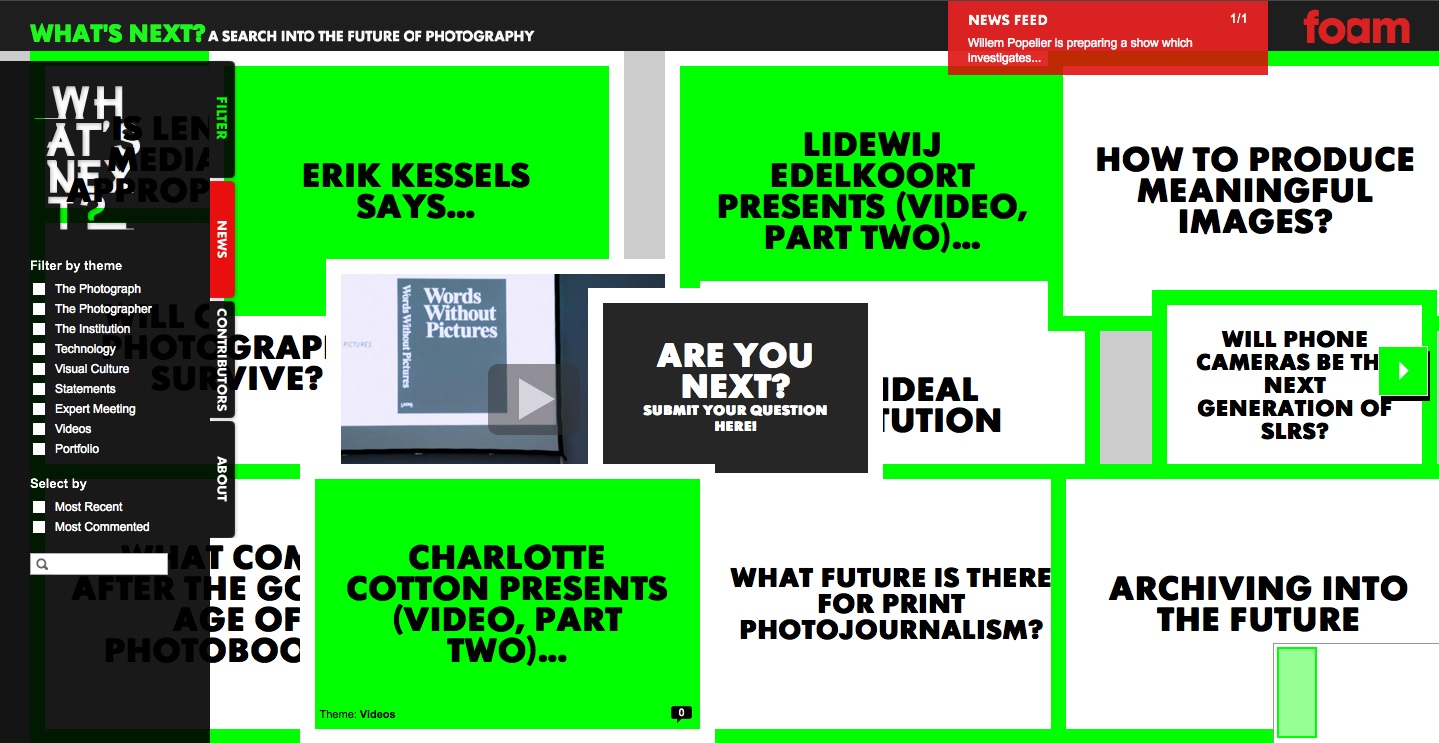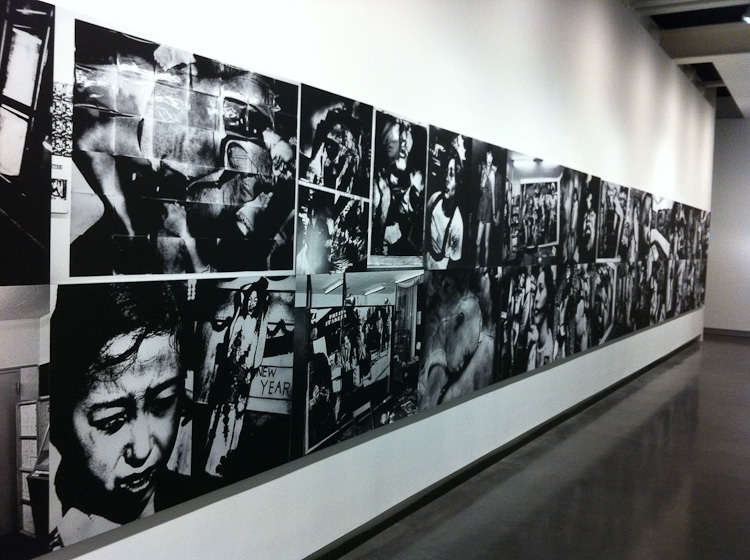The Cruel and Unusual exhibition that opens at the Noorderlicht Gallery in Groningen tomorrow is a rare breed. This is a project that started out (and still lives) on the internet, became a road trip across America, and is now both a newspaper and an exhibition. With work by eleven different artists, Araminta de Clermont, Amy Elkins, Alyse Emdur, Christiane Feser, Jane Lindsay, Deborah Luster, Nathalie Mohadjer, Yana Payusova, Lizzie Sadin and Lori Waselchuk, the exhibition focuses on prison photography, a subject that receives very little exposure. The show is co-curated by fellow photo-bloggers Hester Keijser (Mrs Deane) and Pete Brook (Prison Photography) who write two of the most dynamic and esoteric blogs that you will find on the web (aside from their dozens of other writing, curating and photographic projects). To state the obvious, prisons are not exactly a sexy subject and the fact that they have managed to put this show together is very impressive. Instead of a 'traditional' exhibition catalogue, the curators have put together a newspaper (print run of 4,000 / 1.50 € per copy) in an attempt to reach more readers than an expensive photobook could (they lay out their reasons for this choice in detail here). The world of photography online can be an exasperating, sprawling mess, but the fact that it can lead to projects such as this one makes it genuinely worthwhile. I'm providing a few visuals of the work on show with this post, but if you can make it to Noorderlicht before the exhibition closes on 1 April, don't miss this.
© ALYSE EMDUR - Anonymous Backdrop Painted in Shawangunk Correctional Facility, New York 2005-2011




